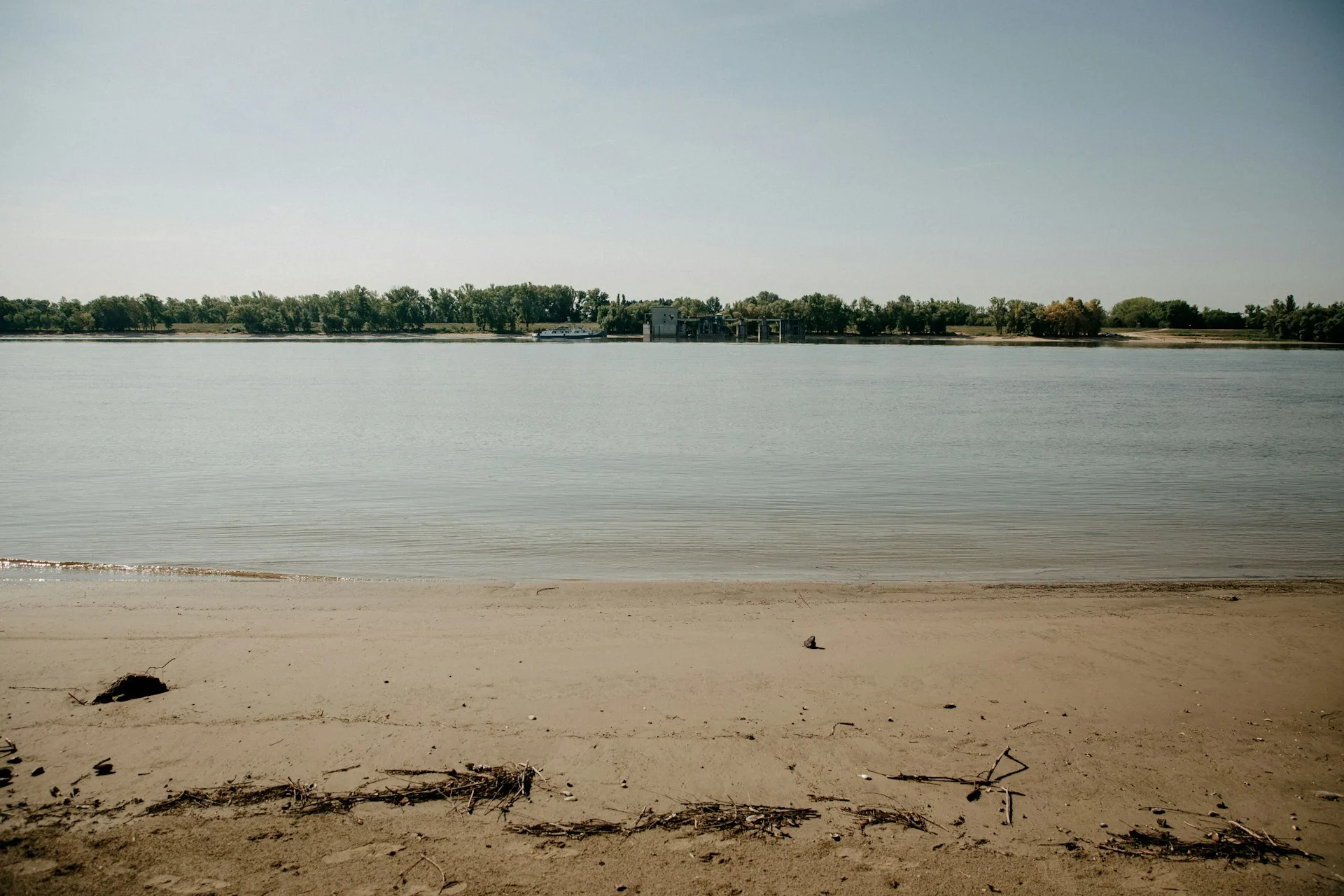Most of the surveyed sections of the Danube are in good or high ecological condition, according to scientists participating in the Joint Danube Study, the results of which were published in 2025. 81% of the water areas along the river showed low levels of organic pollution, which indicates the effectiveness of water resource protection measures in the countries of the Danube basin.
Read also: The environmental consequences of Russia’s war against Ukraine
However, despite this positive result, traces of microplastics were found in the water, including polyethylene and PET plastic, which are used in bottles, packaging and tableware. The samples also contained 87 types of narcotic substances, including cocaine, cannabis and ecstasy metabolites. Their concentration does not exceed safe limits, but the very fact of their prevalence is cause for concern.
The analyses also revealed the presence of antibiotic-resistant bacteria, including pathogenic strains of Escherichia coli. Experts note that multi-resistance to three or more groups of antibiotics is increasing, and there are also signs of resistance to “last-line antibiotics” — those used only in critical cases.
At the same time, the results of biodiversity detection in the Danube remain ambiguous. Seventy-two species of fish, including sturgeon, have been found — but only through environmental DNA analysis. This indicates that their populations are critically low. In particular, sterlet and sevruga have been identified, but their status remains extremely alarming.
Excessive mercury levels have also been detected in fish — although the levels specified for food products are mostly not exceeded, environmental water quality standards have nevertheless been violated. Despite this, experts have recorded a decrease in mercury concentration compared to previous studies.
Read also: Europe’s first demining and environmental safety complex opened in Lviv region



